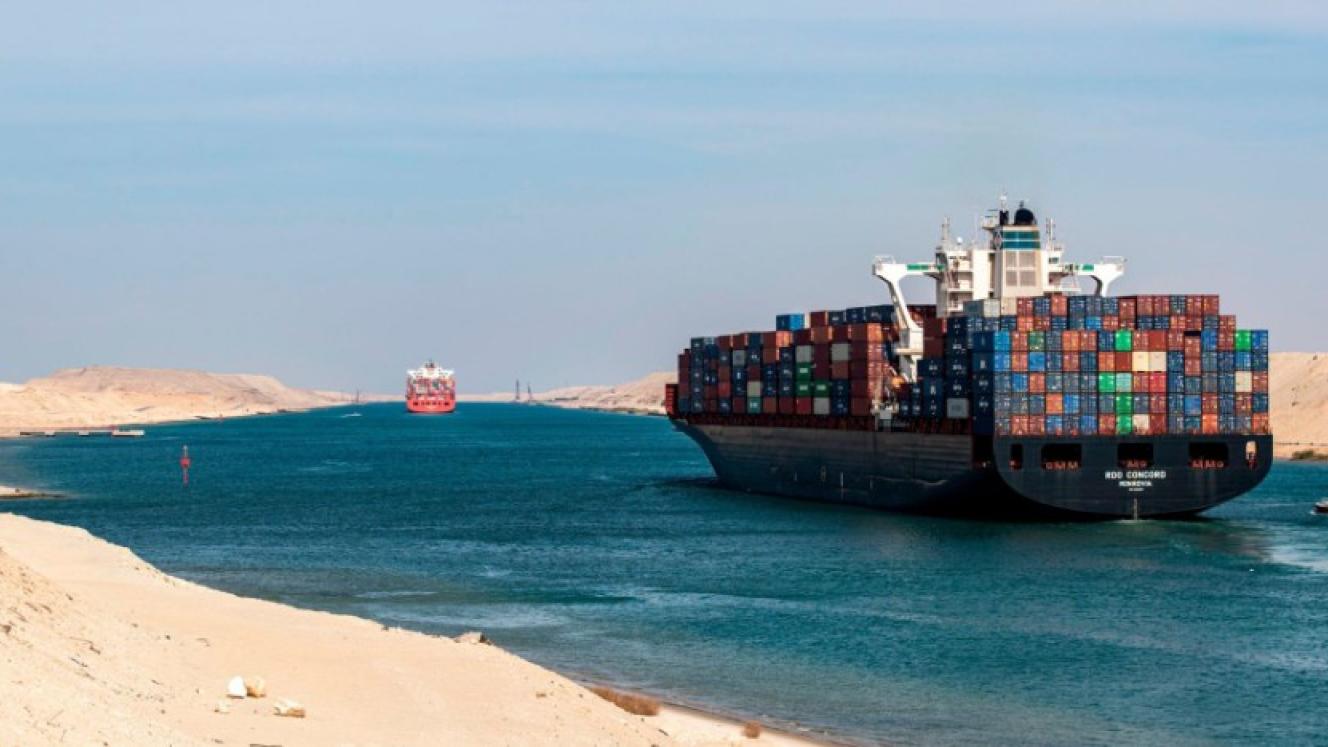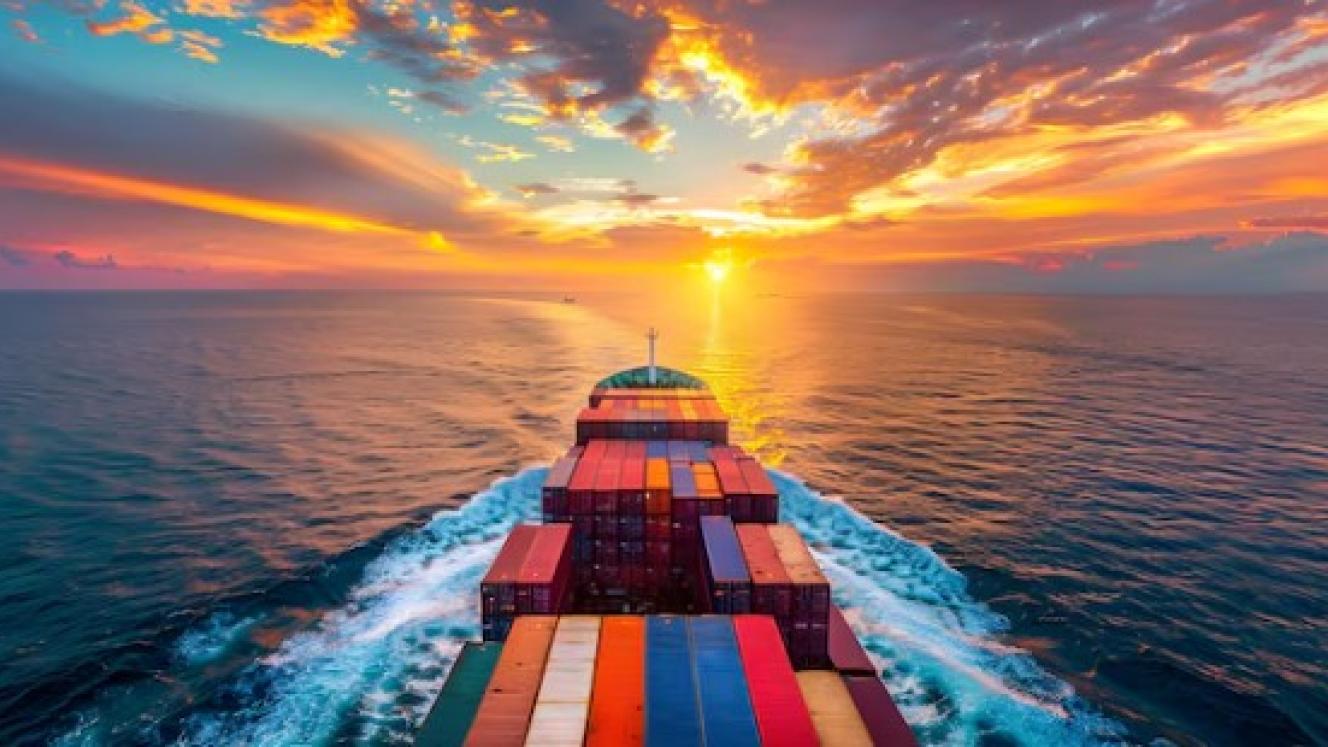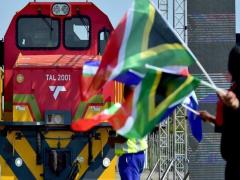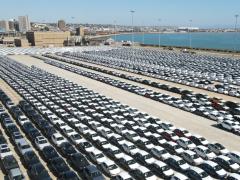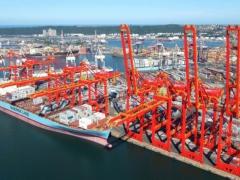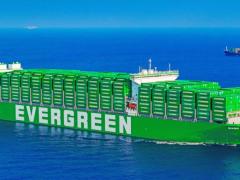A complex interplay of geopolitical, economic and security factors surrounding the Red Sea, and ongoing maritime risk in the vicinity of the Bab al-Mandab Strait is unfolding, resulting in apparent vessel traffic recovery through the Suez Canal.
According to various liner trade news reports, the recovery is attributed to regional stability improvements following the Sharm El-Sheikh Peace Summit on October 13.
It also follows recent revelations of secretive infrastructure projects near Bab al-Mandab, such as the alleged construction of a new runway or military installations on Zuqar Island, situated about 160 kilometres north of the notorious choke point.
This juxtaposition of construction work on the island, which started earlier this year, and the return of commercial vessel traffic through the Egyptian waterway, suggests a multifaceted strategic approach to the disruption of Houthi attacks in the southern Red Sea since November 2023.
On one side, positive diplomatic developments are restoring confidence and facilitating increased traffic through the Suez. On the other, the secretive activities near Bab al-Mandab may point to underlying or emerging military or logistical preparations by regional or global powers.
It also suggests future intent by leading trading partners to control critical choke points.
Amid all the developments, the Suez Canal Authority (SCA) has reported a marked recovery in vessel transits following disruptions caused by the Red Sea crisis.
October saw the highest monthly number of vessels returning to the canal since the disturbances began with the brazen hijacking of the Galaxy Leader automotive carrier almost two years ago.
SCA chairman, Admiral Ossama Rabie, said 229 vessels had passed through the Suez last month.
At a conference held at the Authority’s headquarters in Ismailia, attended by representatives from 20 shipping lines and agencies, Rabiee credited the improved situation to enhanced regional stability brought about by the Sharm El-Sheikh Summit.
This stability had positively influenced the resumption of canal transits, he said.
Data from July to October shows that 4 405 vessels passed through the canal, carrying a total of 185 million tonnes. This compares favourably with the same period in 2024, when 4 332 vessels transported 167.6 million tonnes.
The canal’s operations had previously been severely impacted by Houthi attacks targeting ships in the Red Sea and Gulf of Aden on either side of Bab al-Mandab. It led to a reduction in traffic of at least 60% and forced many vessels to divert around the Cape of Good Hope.
